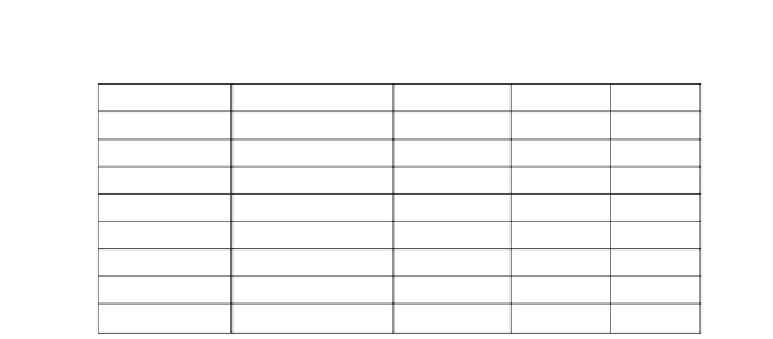Database Reference
In-Depth Information
EMPLOYEE Relation
Columns
SocSecNumber
EmployeeName
Phone
Position
DeptCode
.
.
Figure 8-2
Employee relation: attributes.
•
Table names and column names are used to understand the data. The table
or relation name indicates the entity type; the column names indicate its
characteristics.
Columns as Attributes
Figure 8-2 presents a relation representing the entity type EMPLOYEE.
Make note of the following about the columns in a relation as illustrated in the
figure.
•
Each column indicates a specific attribute of the relation.
•
The column heading is the name of the attribute.
•
In the relational model, the attributes are referred to by the column names and
not by their displacements in a data record. Therefore, no two columns can have
the same name.
•
For each row, the values of the attributes are shown in the appropriate columns.
•
For a row, if the value of an attribute is not known, not available, or not applic-
able, a null value is placed in the specific column. A null value may be replaced
with a correct value at a later time.
•
Each attribute takes its values from a set of allowable or legal values called the
attribute domain. A domain consists of a set of atomic values of the same data
type and format.
•
The number of columns in a relation is referred to as the degree of the
relation.
Rows as Instances
Rows, also referred to by the mathematical name of tuples, indicate the occurrences
or instances of the object represented by a relation. In a relation, each row repre-
sents one instance of the object. Each column in that row indicates one piece of
data about the instance.


Search WWH ::

Custom Search